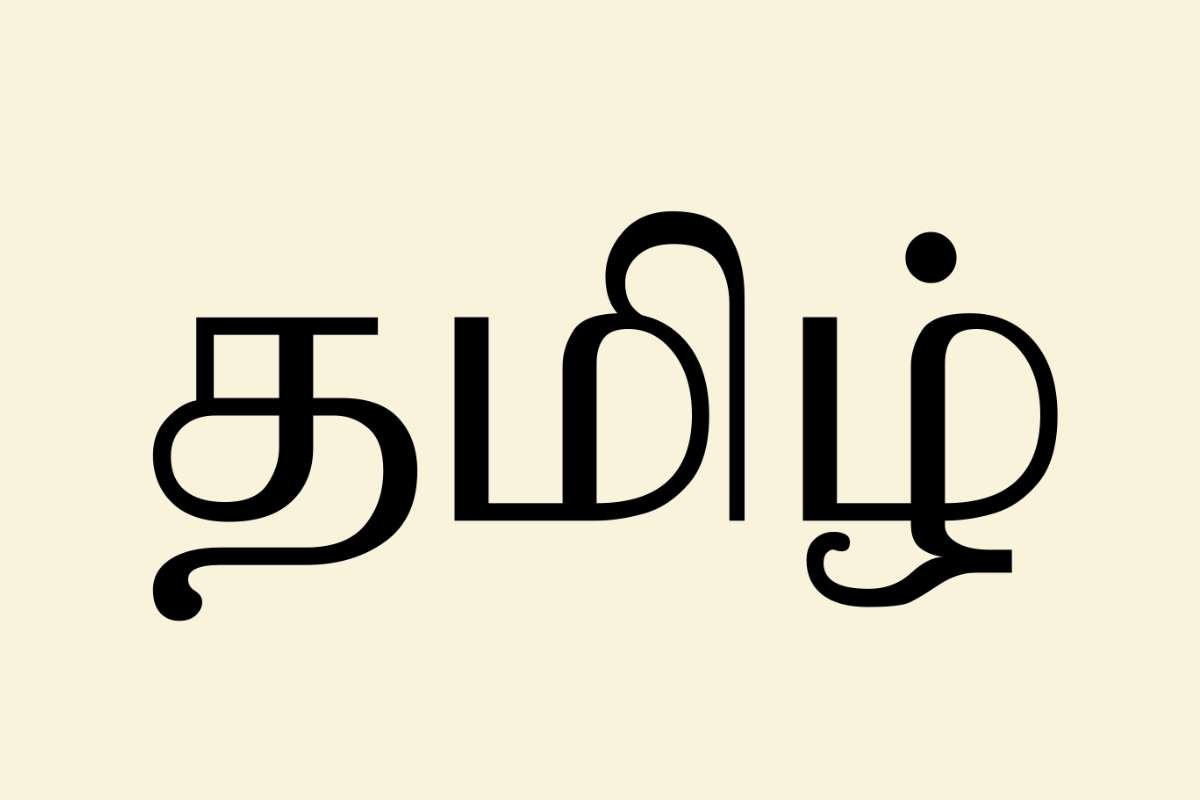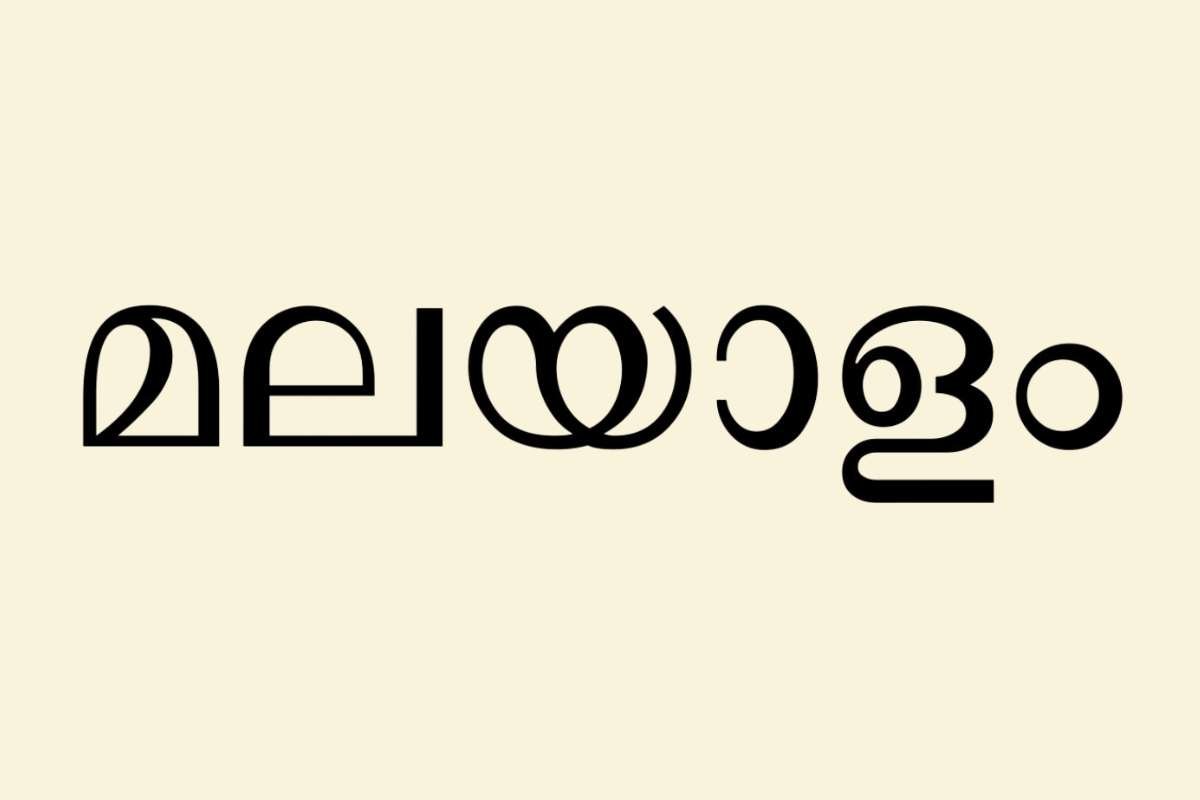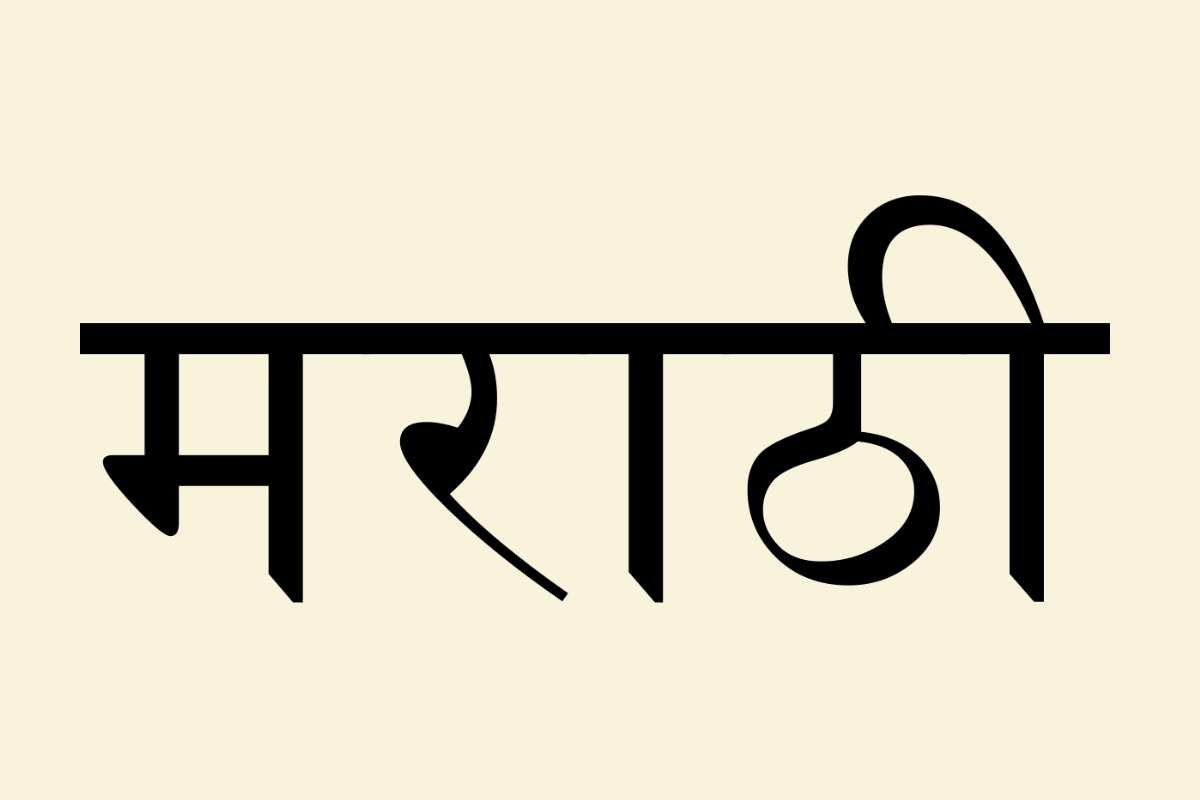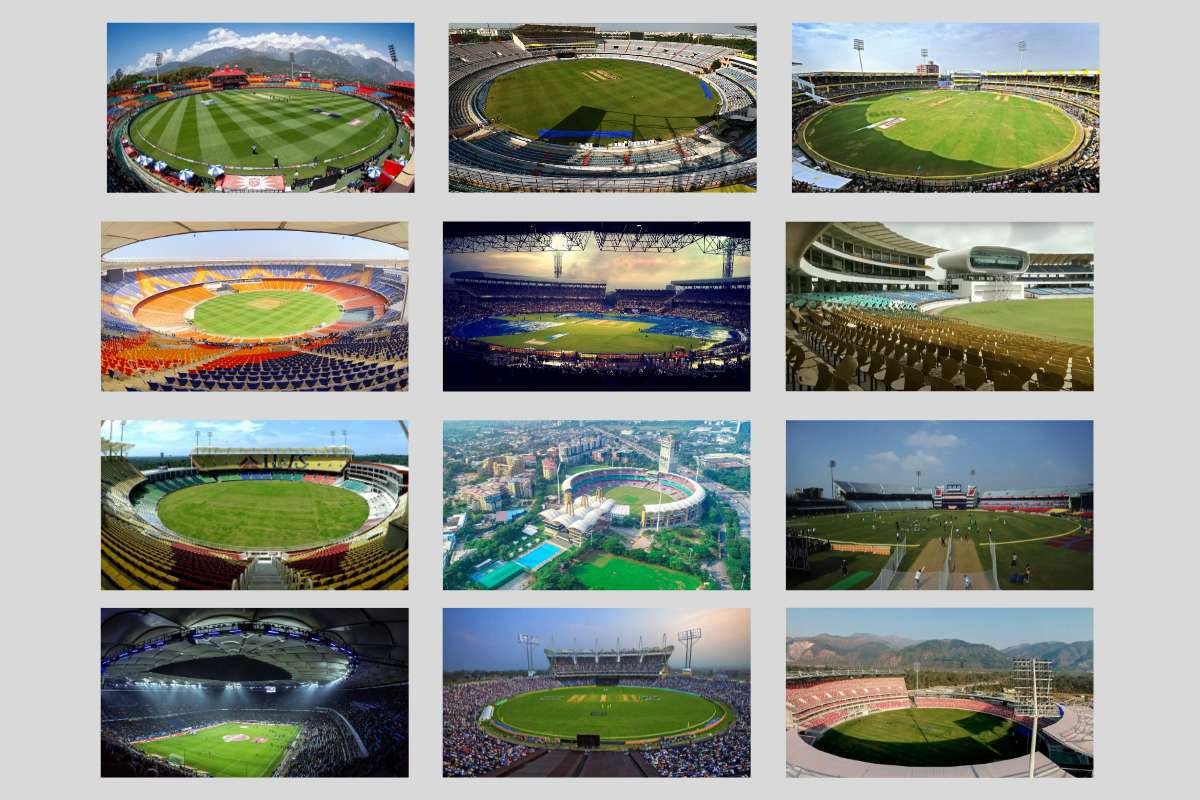India is a country where language isn’t just a way to communicate but a way to express love, culture, music, and poetry. With more than 19,000 languages and dialects spoken across the subcontinent, each region has a voice of its own. But some languages rise above the rest—not in popularity, but in how melodious, graceful, and sweet they sound to the ear. This article explores the sweetest languages in India, those spoken tongues that have a certain musicality, softness, and poetic rhythm.
Let’s Take a Tour of the Top 10 Sweetest Languages in India:
1. Bengali: The Song of the East
- Introduced: Around the 9th–10th century AD
- Evolution: From Magadhi Prakrit and Sanskrit
Often dubbed the “language of poets,” Bengali is frequently ranked among the sweetest languages in India. Recognized by a UNESCO poll for its melodious nature, Bengali combines simplicity with musicality. With minimal harsh consonants and fluid vowel sounds, it rolls off the tongue smoothly.
From Rabindranath Tagore’s verses to soulful modern songs, Bengali captures emotion with elegance. It is spoken widely in West Bengal, Tripura, and parts of Assam, with over 230 million speakers globally.
2. Tamil: The Timeless Tongue

- Introduced: At least 2,000 years ago, earliest records date back to 500 BCE
- Evolution: From Proto-Dravidian, with a continuous literary tradition including Sangam poetry
As one of the world’s oldest living languages, Tamil holds a sacred place in India’s linguistic legacy. But beyond its antiquity, Tamil’s musical inflection and expressive vocabulary make it one of the sweetest languages in India.
Each region in Tamil Nadu has a distinct way of speaking Tamil—be it the softer tones of Thanjavur or the more rhythmic patterns of Madurai. This regional charm adds a layered sweetness to the language that makes it universally admired.
3. Telugu: The Italian of the East
- Introduced: 6th century AD
- Evolution: Evolved from Proto-Dravidian roots, with influence from Sanskrit and Prakrit; rich poetic tradition
With its round vowels and flowing syllables, Telugu is often referred to as the “Italian of the East.” It is spoken by over 80 million people and is celebrated for its lilting sound.
Telugu’s structured grammar and poetic heritage make it one of the sweetest languages in India. Its songs, especially in classical dance forms like Kuchipudi and Carnatic music, exemplify its lyrical quality.
4. Kannada: Grace in Every Word
- Introduced: Around 5th century AD
- Evolution: Developed from Halegannada (Old Kannada), influenced by Sanskrit and Prakrit; diverse classical literature
Kannada, the official language of Karnataka, is known for its rich literary heritage and elegant tone. Often overshadowed by more widely spoken languages, Kannada quietly earns its place among the sweetest languages in India through its poetic elegance and smooth articulation.
Its script is artistically rounded, and its phonetics allow for a fluid speaking style. Kannada has produced some of India’s greatest literary works, including those by Jnanpith Award winners.
Also read: 10 Best Books for Communication Skills to Transform Your Personal and Professional Life
5. Malayalam: Complex Yet Captivating

- Introduced: Circa 9th century AD
- Evolution: Split from Tamil with heavy Sanskrit influence, forming its unique script and phonetic system
Malayalam may seem complex to non-native speakers, but those who understand its rhythm describe it as charming and deeply expressive. Though it contains complex consonant clusters, once mastered, Malayalam delivers a musical experience unique to Kerala’s culture.
Its playful twists and intonations earn it a well-deserved place among the sweetest languages in India, often compared to tongue twisters but laden with poetic grace.
6. Urdu: The Language of Love
- Introduced: 12th century during Delhi Sultanate rule
- Evolution: Formed from Hindustani, with heavy Persian, Arabic, and Turkish influences; evolved in Mughal courts and Sufi poetry
If words could sing, they would sing in Urdu. Known for its poetic elegance and emotional depth, Urdu is an undeniably strong contender among the sweetest languages in India.
From ghazals to Bollywood lyrics, Urdu adds emotional resonance through terms like “mehboob,” “humsafar,” and “khwab.” Even though it originates outside of India, its integration into Indian music, film, and literature has made it a cherished linguistic gem.
7. Oriya (Odia): A Blend of Tradition and Elegance
- Introduced: Around 10th century AD
- Evolution: Evolved from Ardhamagadhi Prakrit, incorporating Sanskrit, Dravidian, and tribal languages
Oriya, now officially known as Odia, combines elements of Sanskrit, Dravidian, and tribal languages. Its rich vocabulary and lyrical quality are shaped by centuries of trade, migration, and cultural exchange.
The softness of Odia words and the gentle tonal modulation make it one of the sweetest languages in India. Despite having fewer speakers today, its literary significance remains undiminished.
8. Marathi: Melody in Everyday Talk

- Introduced: 8th century AD
- Evolution: Evolved from Maharashtri Prakrit; influenced by Sanskrit and Persian during the Maratha Empire
Marathi, spoken predominantly in Maharashtra and Goa, has a grounded, rhythmic tone. With over 90 million speakers, it’s the third most spoken language in India.
The language offers a beautiful combination of structured grammar and poetic cadence. With dialects like Ahirani and Malvani adding their own local flavor, Marathi rightfully earns its spot among the sweetest languages in India.
9. Punjabi: Rhythmic and Bold
- Introduced: 11th century AD
- Evolution: Developed from Shauraseni Apabhramsa; Gurmukhi script introduced by Sikh Gurus
Punjabi is energetic yet lyrical. It’s a language that dances—through its songs, jokes, and everyday expressions. Despite its strong phonetics, it has a rhythmic bounce that makes it appealing and memorable.
Thanks to the popularity of Punjabi music globally, from bhangra beats to romantic ballads, it has become one of the sweetest languages in India in both urban and rural landscapes.
10. Rajasthani: Folk-Tale in Every Phrase
- Introduced: Evolved between 8th–11th century
- Evolution: Derived from Old Gujarati and Western Apabhramsa; consists of multiple dialects like Marwari, Mewari, Dhundari
Rajasthani is not a single language but a group of dialects including Marwari, Mewari, and Dhundari. Known for its folk songs, romantic ballads, and poetic riddles, Rajasthani is the soul of desert storytelling.
Its sounds carry the echo of camel rides, royal courts, and village festivals. The softness and cultural depth of its dialects make Rajasthani a deserving entry in the list of sweetest languages in India.
Conclusion:
Language is more than grammar or vocabulary. It is emotion in motion. The sweetest languages in India don’t just communicate words, they carry generations of poetry, storytelling, romance, and rhythm. From the poetic whispers of Urdu to the lyrical beauty of Bengali and the folk resonance of Rajasthani, each language reflects the soul of its region.
While sweetness in speech may be subjective, the languages listed above are widely cherished for their elegance, cultural depth, and musical quality. Whether you’re a linguist, traveler, or simply someone who loves the sound of beautiful words, exploring these sweetest languages in India is like listening to India’s heart—one beautiful phrase at a time.
Thanks for reading
see next
“Education Related Posts”
Read more






